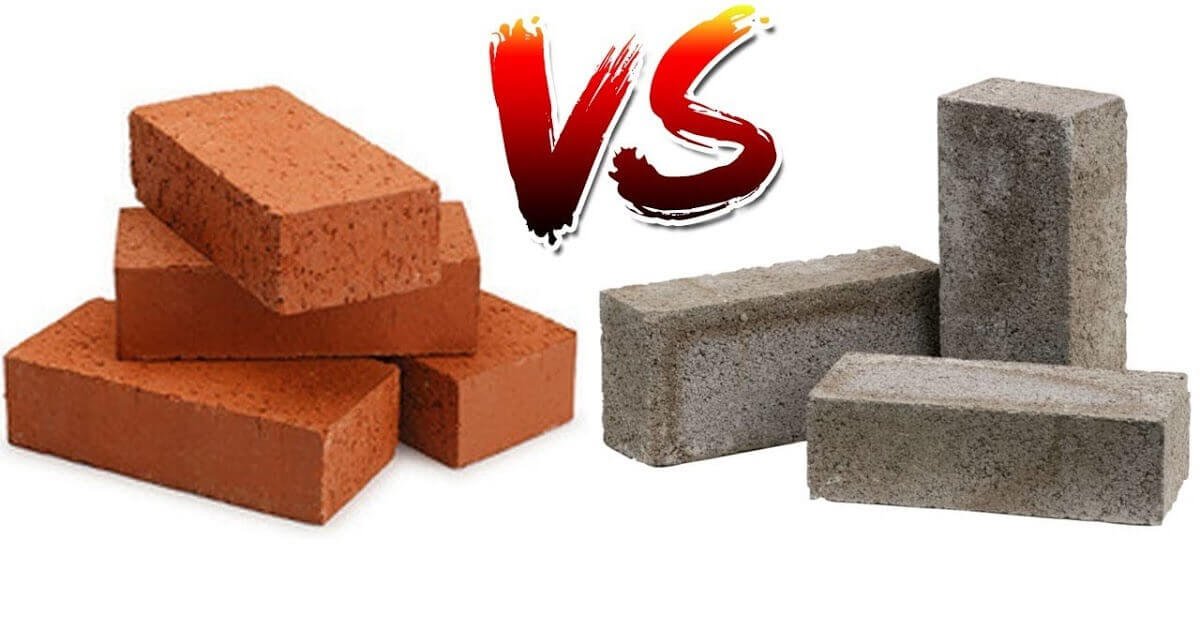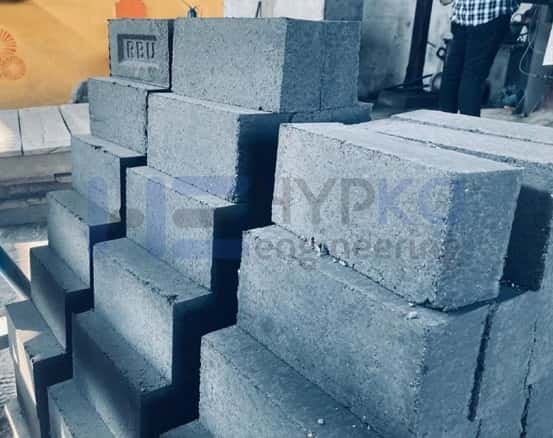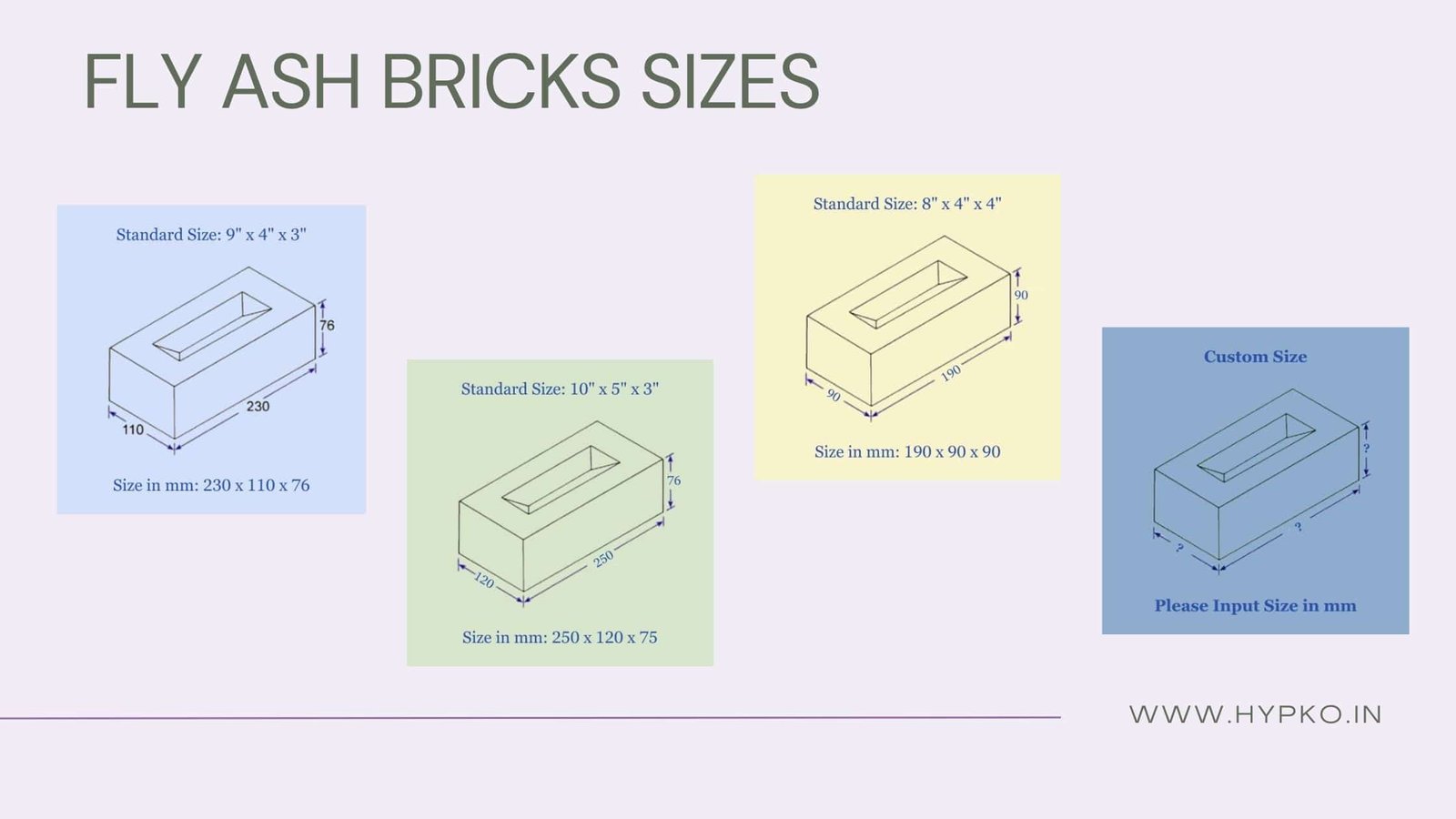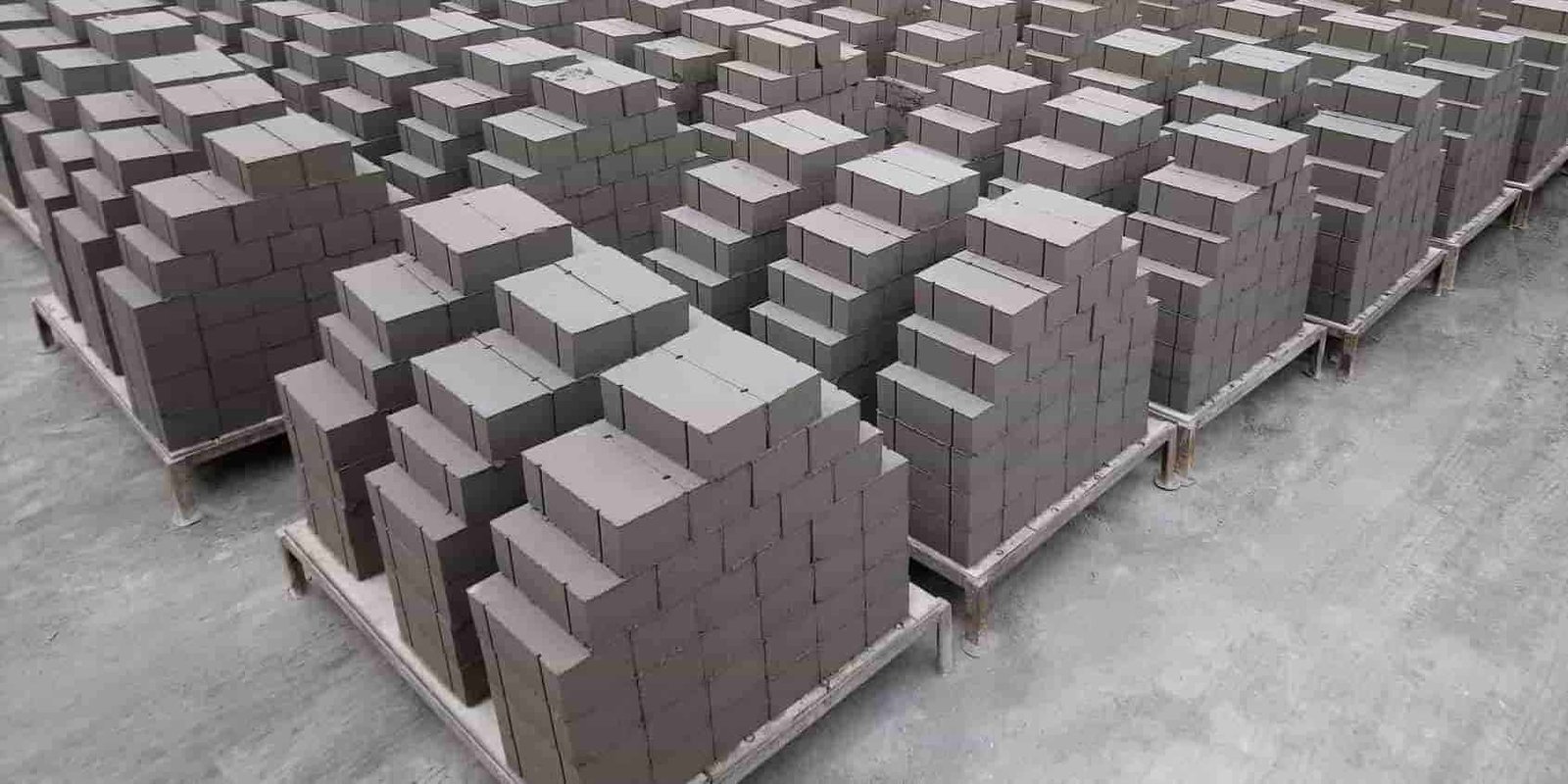Differences Between Clay Bricks and Cement Bricks?
In this article, we will address one of the most commonly asked questions about brick building materials, which is the difference between clay brick and cement brick. We will explore their unique characteristics and provide an answer to the question of which brick is better.






